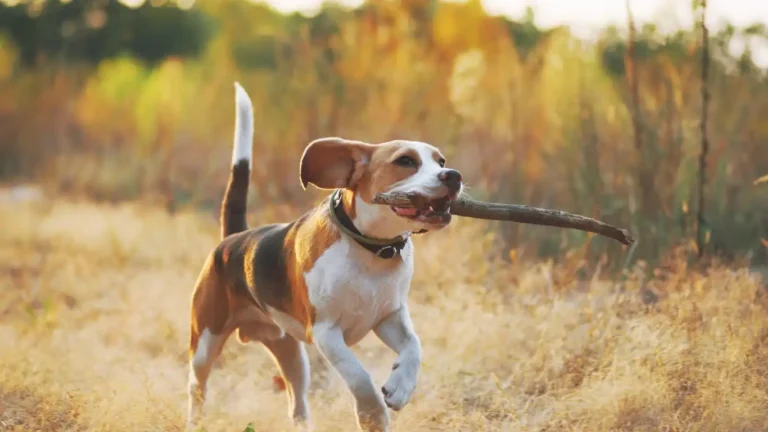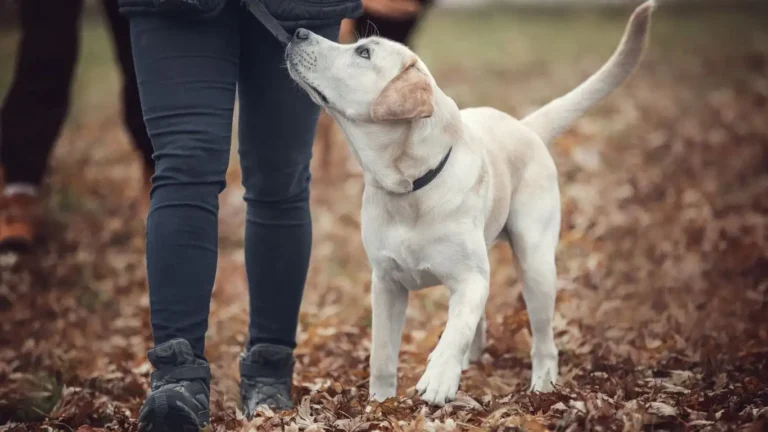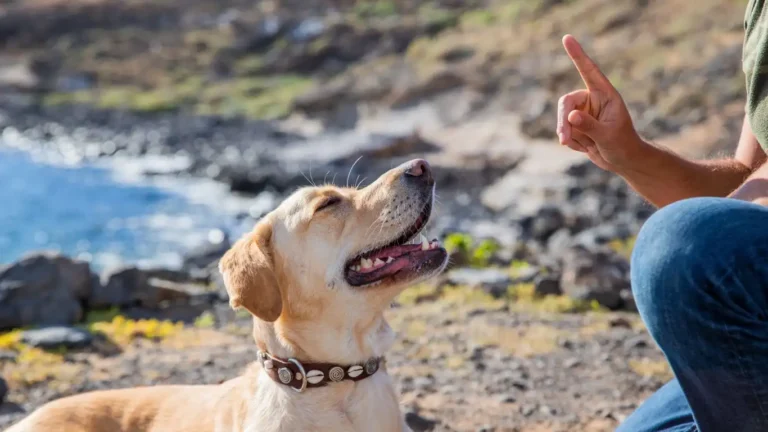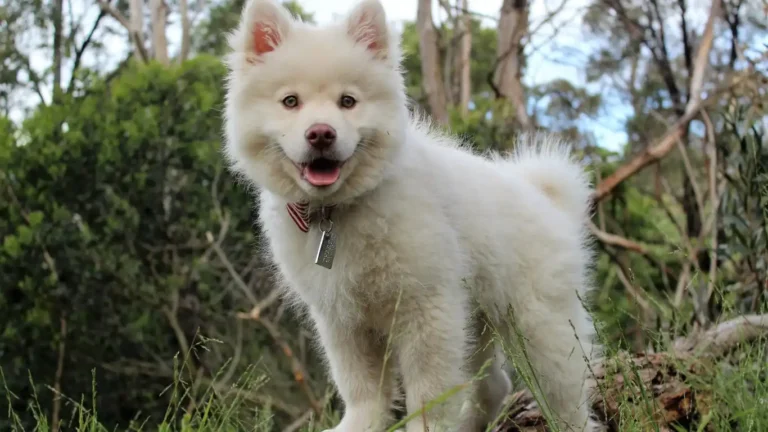Best Ways to Help a Dog Adapt to New Surroundings Quickly & Calmly
Helping a dog transition smoothly into a new environment can be a challenge, especially if they’re coming from a stressful past or haven’t been socialized much. As a Veterinary Technician and Nurse specializing in Nutrition, I’ve worked with countless dogs during big life changes — moves, rehoming, or even just adjusting to new family dynamics. So, I totally get it when pet parents ask me about the best ways to help a dog adapt to new surroundings. It’s not just about the “what” — it’s about the “how,” the patience, and the little things that build trust. Let’s talk about the real-world stuff, the behind-the-scenes truths, and tips that truly make a difference.
Understanding Your Dog’s Emotional State
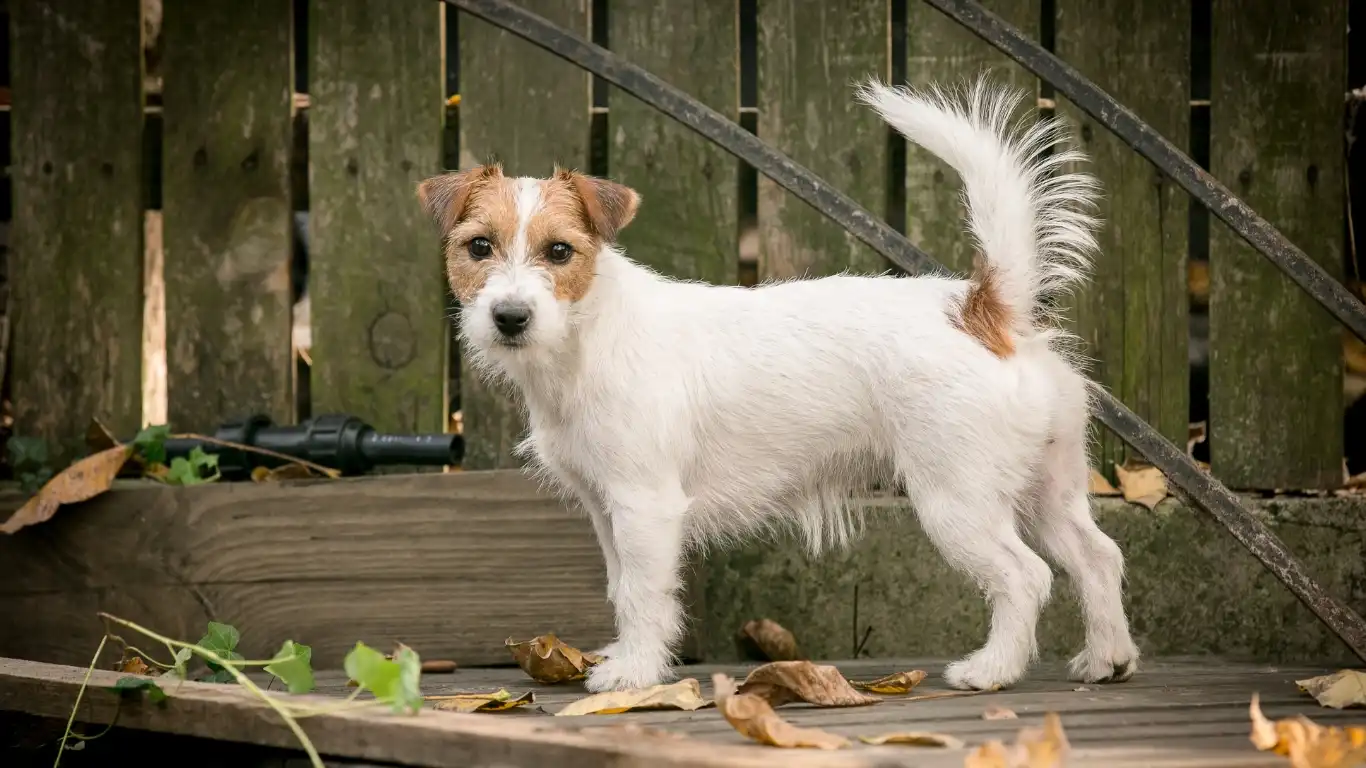
Why New Surroundings Can Be Overwhelming
Dogs are creatures of habit. Their comfort lies in predictability — familiar smells, routines, and people. So when you change their environment, even if it’s for the better, they might feel unsure or even scared at first. I remember this one sweet Labrador, Max, who came in after a move across the country. His appetite was gone, he kept pacing, and he wouldn’t settle unless he was curled up in his old bed. Turns out, it wasn’t just about space; it was about trust.
Common Behavioral Signs of Stress
- Pacing or excessive panting
- Loss of appetite
- Hiding or avoiding interaction
- Accidents in the house despite being potty trained
- Barking or whining more than usual
These are all red flags I look out for in clinic settings, especially after a change in the home. Knowing these helps you respond with empathy instead of frustration.
Set Up a Safe, Predictable Space
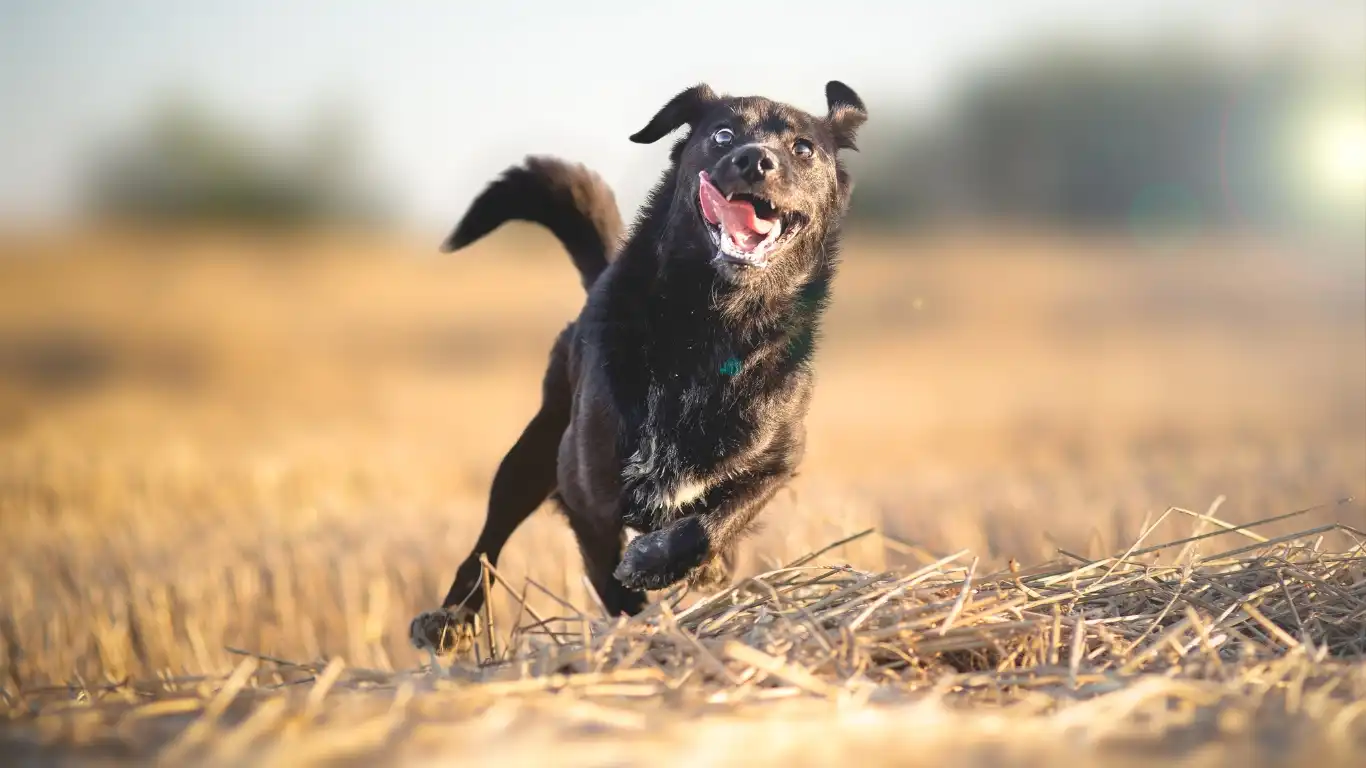
Create a Comfort Zone
Think of this as their home base. A quiet corner with their favorite blanket, bed, and maybe a few toys that smell like “home.” Even better if it’s away from loud traffic or household chaos. One of my clients used a baby gate to keep her rescue pup’s area off-limits to other pets until he felt safe — it worked wonders. Don’t overwhelm them with the whole house all at once. Let them explore gradually.
Stick to Familiar Items
If your dog had a favorite food bowl, keep using it. Same goes for their bedding and even feeding schedules. Familiarity is calming. I’ve seen dogs turn a corner emotionally just from having their old toy next to them while they nap — it’s wild how much emotional association they attach to “stuff.”
Keep Routines Consistent

The Power of Routine in New Environments
Dogs thrive on predictability. When everything around them changes, having some daily constants — like meal times, walks, and bedtime — makes a huge difference. Back in the clinic, I always advise clients to create a daily routine that mirrors their old one as much as possible. Even a simple morning walk at the same time every day can anchor a nervous pup and give them a sense of “okay, this is safe.”
Don’t Rush Social Interactions
When friends or neighbors come over to meet your new dog, it’s tempting to make introductions right away. But honestly, let your pup take the lead. I’ve seen shy dogs get overwhelmed just by a new scent in the hallway. Let them sniff, observe, and decide when they’re ready. Pushing too much too soon can cause setbacks that take weeks to repair.
Quick Tips for Settling In
- Keep the first few days low-key. No big parties or outings.
- Use treats and praise to create positive associations with new rooms or sounds.
- Let them explore the space at their own pace — don’t drag them into rooms.
- Talk to them. Your tone and voice can do a lot to calm anxiety.
- Monitor food and water intake — skipping meals could be a sign they’re still adjusting.
That early adjustment period might feel messy, but trust me — with patience, predictability, and a little understanding, most dogs do come around beautifully. They just need to feel safe, and that takes time.
Use Positive Reinforcement to Build Confidence

Reward Calm and Curious Behavior
One of the best things you can do to help a dog adapt to new surroundings is reinforce the behaviors you want to see more of. When your dog sniffs around a new space or sits calmly instead of barking at a strange noise, give them a treat, a “good boy!” or some loving scratches. I can’t even count how many times a simple piece of chicken worked magic with anxious rescues in my care. It’s not bribery — it’s showing them, “Hey, this is good. You’re safe.”
Keep Training Sessions Short but Sweet
In a new environment, their mental load is already heavy. Keep commands basic and training moments under 10 minutes. Focus on confidence-building cues like “sit,” “stay,” and “touch.” A little goes a long way. I used to do this with a German Shepherd named Luna who was terrified of stairs after moving to a house with two floors. With slow steps (and lots of cheese cubes), she built up the courage to conquer them in a few days.
Help Them Get Used to New Sights and Sounds

Desensitization Done Right
Imagine moving from a quiet rural area to a busy neighborhood with delivery trucks and barking dogs nearby — it’s a whole new world. Your pup might need help adjusting to the noise. I recommend slowly exposing them in short bursts while rewarding calm reactions. Maybe play soft traffic sounds during treat time or walk them around the block for just five minutes at first. Gradually increase as they build comfort. It’s all about baby steps.
Introduce New People and Pets with Intention
This one can make or break the adjustment period. Don’t rush introductions. Let your dog observe from a distance first. One trick I’ve used is letting a guest toss a treat without direct eye contact. That non-threatening gesture can make a world of difference. When introducing other dogs, keep leashes loose, use neutral ground if possible, and always monitor body language. If there’s tension, don’t force it — walk away and try again later.
Use Nutrition and Supplements to Support Calmness

Foods That Fuel a Balanced Mind
Now here’s where my nutrition background really kicks in. A stressed dog’s gut and brain are closely linked. A diet rich in omega-3s, B-vitamins, and high-quality protein can support brain health and reduce anxiety. I’ve had clients switch from generic kibble to formulas with fish oil and probiotics, and within a couple of weeks — boom — more stable moods and less pacing. Nutrition is an underrated hero when it comes to behavior.
Natural Calming Aids I Actually Recommend
I’m not big on over-supplementing, but there are a few calming products that have worked beautifully in my experience:
- L-theanine – Found in some calming chews, helps reduce anxiety without sedation.
- CBD (veterinary formulated) – Can take the edge off, especially for noise-sensitive pups.
- Probiotics – A healthy gut equals a happier brain. Seriously.
- Adaptil diffusers – Synthetic dog appeasing pheromones that mimic momma dog’s calming scent.
Always chat with your vet or a vet tech (like me!) before adding anything new. I’ve seen some dogs thrive with these, while others don’t need the extra help.
Get Outside and Build Positive Associations

Explore New Places Slowly
Getting outdoors is more than just potty breaks. It’s a chance to build confidence and reduce stress through sniffing, exploring, and gentle movement. Start with quiet areas — even just your yard or driveway — and work your way up. I always advise clients to treat these outings as mini adventures, not forced marches. Sniff time is therapeutic!
Bring Treats Everywhere
Seriously, never leave the house without a treat pouch during this adjustment phase. If your dog hears a loud noise, sees another dog, or walks by a new object and doesn’t freak out, reward it. This builds that golden association: “New things = good stuff.” It’s basic conditioning, but it works wonders when it’s done right and consistently.
Helping a dog adapt to new surroundings doesn’t happen overnight. It takes patience, compassion, and sometimes a bit of trial and error. But with the right approach, you’re not just easing anxiety — you’re creating a bond built on trust, and honestly, that’s where all the magic happens.
Recognize Milestones and Adjust Expectations
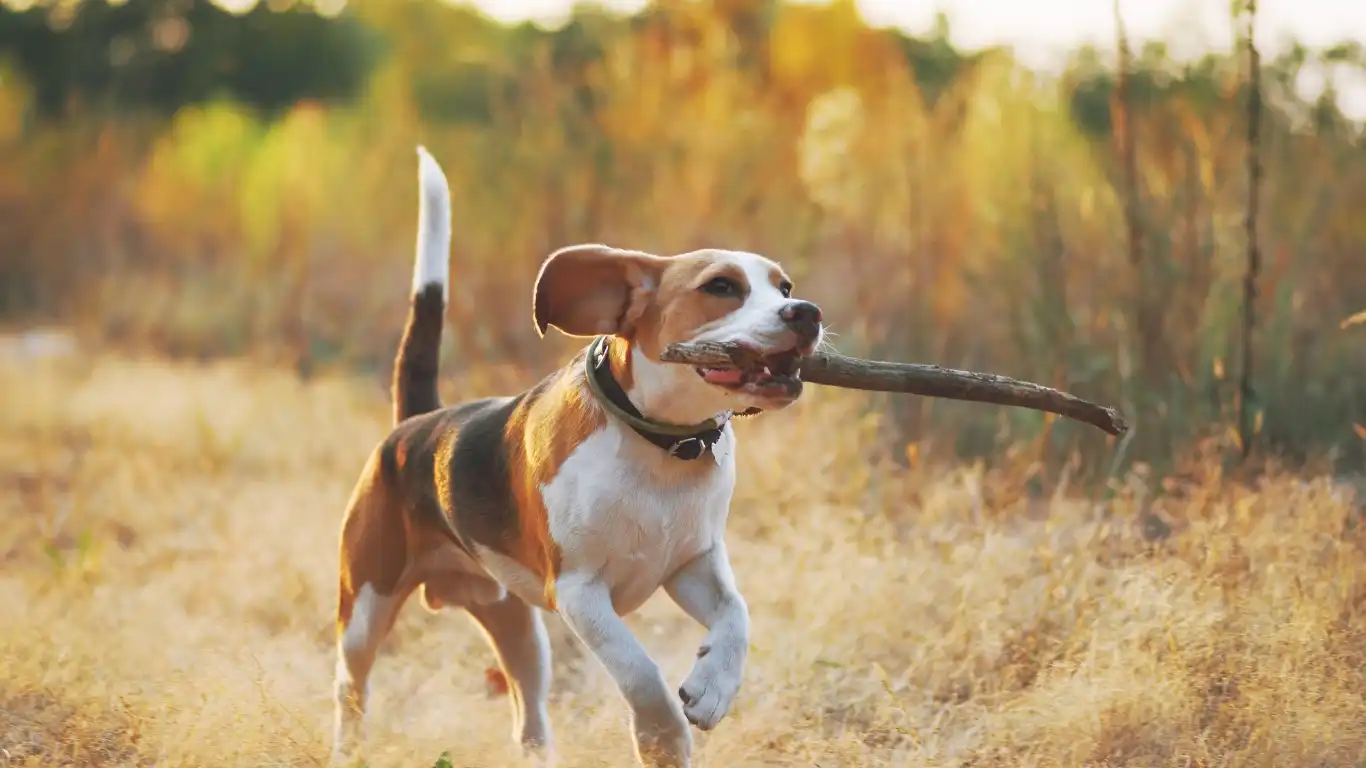
Every Dog Moves at Their Own Pace
By this point, you’ve probably started to see small signs that your dog is settling in — maybe they wag their tail more, sleep soundly, or follow you around the house with more confidence. These little wins might not seem huge, but they’re powerful indicators that your dog is adjusting. And as someone who has worked with many nervous rescues, I can tell you — progress isn’t always linear. Some days are two steps forward, one step back. That’s okay.
I remember working with a sweet mixed breed named Ollie. It took him three full weeks before he stopped hiding under the table during storms. And then one day, he crawled up onto the couch beside his new owner and sighed, head in her lap. That moment? Worth every slow walk, every soft-spoken cue, every treat left next to his food bowl.
Celebrate the Little Victories
When your dog willingly enters a new room, greets a new guest with a tail wag, or walks past a barking dog without reacting — celebrate it! Give praise, treats, or a fun play session. These tiny milestones stack up to build lasting trust and comfort. Keep journaling or snapping photos if that’s your thing. It helps to look back and see how far they’ve come.
Know When to Call in Help
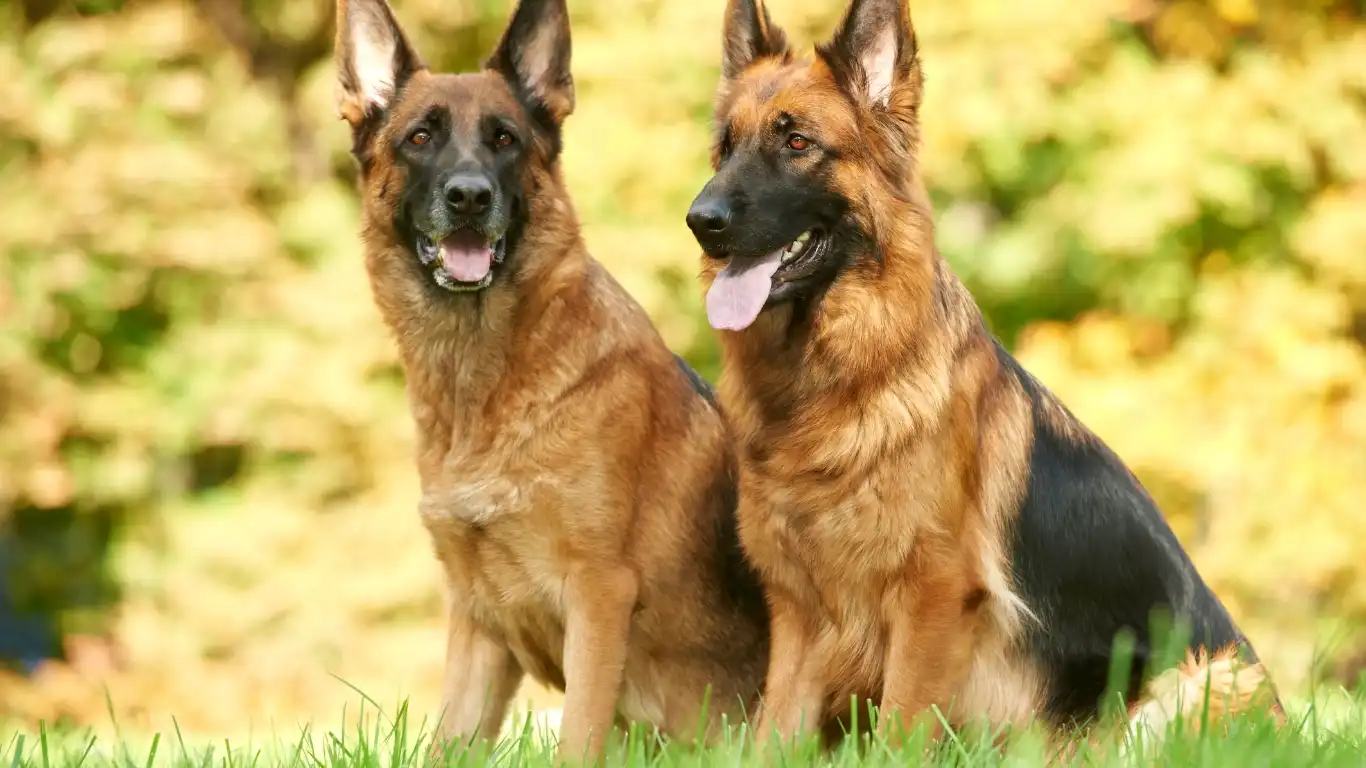
When You Might Need a Pro
If your dog’s anxiety seems stuck — if they’re still refusing food, growling at family members, or hiding for hours after a few weeks — it might be time to consult a professional. That doesn’t mean you’ve failed. It just means your dog needs a little extra support. I always recommend finding a certified dog trainer or behaviorist who uses fear-free, positive methods. You’d be amazed at what a few guided sessions can do.
Vet Check: Don’t Skip It
Sometimes behavioral changes are linked to health issues. A dog who’s suddenly withdrawn or reactive may be dealing with pain or an underlying condition. It’s something I’ve seen a lot in practice — dogs with dental pain acting “grumpy,” or thyroid imbalances causing mood swings. So if your pup’s behavior seems off, get them checked out. Trust your gut. You know your dog better than anyone else.
Maintaining Comfort in the Long Run
Routine, Enrichment, and Ongoing Support
Even after your dog has adjusted, don’t drop the ball. Keep up with routines, continue using positive reinforcement, and offer regular enrichment. Puzzle toys, scent games, gentle training refreshers — all of these keep your dog’s brain happy and healthy. I’ve seen bored dogs regress into anxious habits simply because they weren’t mentally stimulated enough in their new space.
- Daily walks – keep them interesting by changing routes now and then
- Food puzzles – mealtime can double as enrichment
- Training games – even 5 minutes a day makes a difference
- Safe solo time – don’t forget to teach your dog it’s okay to relax alone
Stability is a gift. So if your dog is thriving, keep doing what’s working — and always be open to tweaking the plan if new changes come up, like moving again or adding another pet.
Final Thoughts: Patience Builds Connection
Helping a dog adapt to new surroundings isn’t just about managing behavior — it’s about building a relationship based on safety, trust, and love. There will be good days and not-so-great ones. But if you stay consistent, lead with empathy, and tune in to your dog’s signals, you’ll get through it together.
I’ve had the privilege of walking alongside so many dogs and pet parents during these transitions — it’s never just a “behavior fix.” It’s a process of transformation. And the bond that forms on the other side? It’s the kind of connection that runs deep.
Helpful Resources
Disclaimer
This article is for informational purposes only and is based on personal experience as a Veterinary Technician/Nurse with a focus on canine nutrition and behavior. It is not a substitute for professional veterinary or behavioral advice. Always consult with your veterinarian or certified dog behaviorist regarding your pet’s unique needs and challenges.
